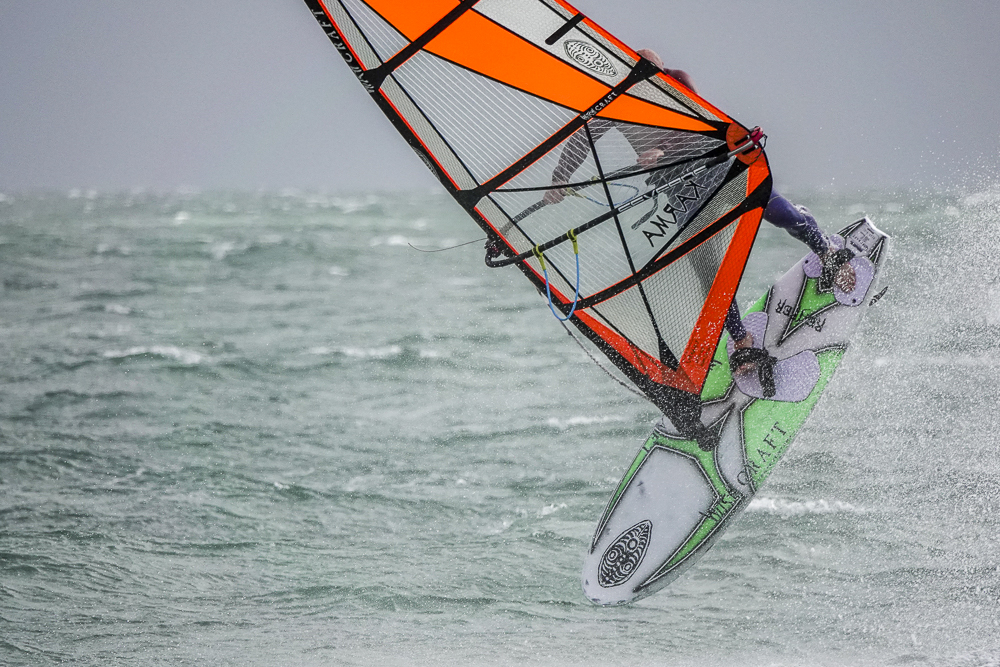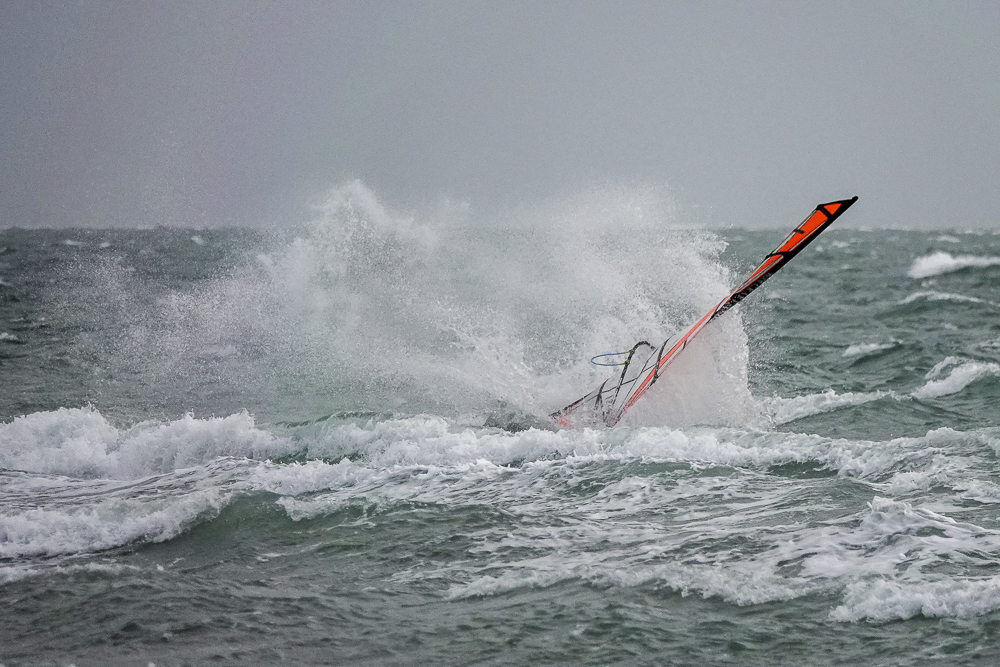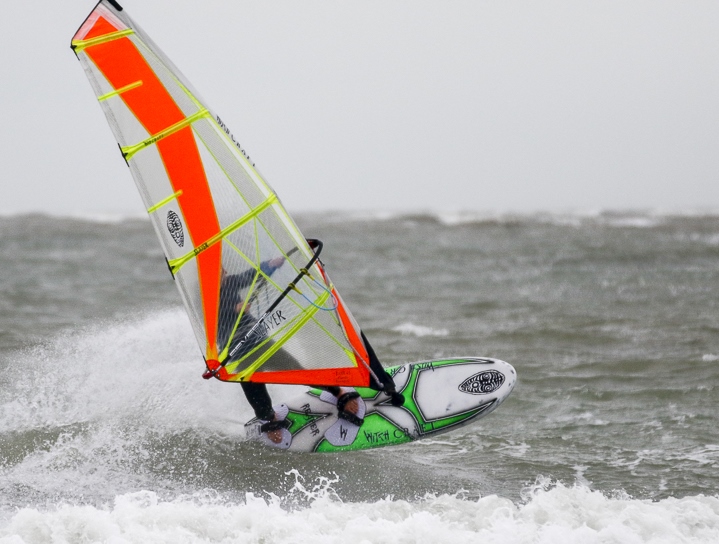Time on the water with windsurfing is key – especially if you don’t live in a Trade Wind location and/or you’re not close to your chosen launch. It makes sense to therefore make sure all the Is are dotted and Ts crossed in relation to your windy kit. What are we talking about? Read on to find out…
Masts, extensions, fins and booms
Before setting off for the beach make sure you’ve checked, and understood/interpreted – as much as possible, what you’re likely to get in terms of wind and/or waves. Obviously you can’t be 100% sure until you’re on the ground but with an idea you’ll have some steer in terms of what kit you’re going to need.
Most windsurfers have multiples of kit (quivers). It therefore pays to know which sails rig on which masts, or how swapping masts will affect performance if you’re able to flick between two. Sometimes between long bouts of wind drought this may get forgotten and in a rush to get to the beach you miss one of those said masts that could make or break your session.
It’s the same with booms and extensions also. As with sails and masts windsurfers tend to own more than one – unless you’re really keeping gear to a minimum. If you’re the type of sailor that wants to make use of all types of scenario you could be the owner of SDM and RDM masts plus extensions. Marking up your mast extensions with colour coded tape will give you an efficient way of knowing what setting goes with which size sail. And the same with booms. It may seem like only a small time saving amount but in these hectic times we live every second counts. Faffing about trying to remember what your rig settings are can be the stuff of extreme annoyance and frustration.
For those with multiple fins ensure you recall which give the performance you’re after, and which suit the board, or boards, you’re looking to take on your next windy mission. Then make sure they have the correct fin bolts in the head and these are corrosion free.
Downhaul and outhaul
This is an obvious one, and actually something that plays into the topic of safety, but something many sailors can overlook. Checking to see if your downhaul and outhaul is in good working order is a must. Between sessions it may be worth changing anyway.
There’s nothing worse than having your downhaul snap, for instance, whilst rigging. If you’ve no more then it’s even worse having to sit a session out, watching your mates blast back and forth knowing your issue could have been avoided.
If either rope snaps when out on the water then this could either result in a long swim or the need for rescue. It’s not great at the best of time but particularly dire if conditions are XL.
Boards and storage
This is probably a point that’s often overlooked by many. And if you’re in good position of owning a vehicle that can store multiple bits of kit then you might not even think this is applicable. It’s worth considering just how your windy gear is stowed away though. Consider, for instance, what your most used board is and try and keep readily to hand – more so than your 70L nipper ripper, which may only get used once year during full power storm force conditions.
Don’t store your board damp over long periods, the gel coat or paint can let damp in through pinholes in the laminate. When the board warms up the moisture evaporates and may cause tiny blisters in the paint. Also, after washing equipment with fresh water, let it dry before putting it away to avoid mildew.
If you have to unload your gear after ever session then think about how it’s kept safe away from the beach. Maybe you’re able to utilise a home racking system in which case do as above and make sure your most used board is easily reachable. Or, alternatively, give yourself a heads up by clocking a forecast well in advance and moving your gear around so when the day arrives you can grab easily.
Wetsuits
If you’re lucky enough to reside in the Tropics then this won’t make a jot of difference. For those sailors frequenting cold water venues then it’s wise to have at least two wetsuits for multiple, consecutive sessions. We appreciate this may seem extravagant but there’s nothing worse than trying to tug on a cold, damp and wet bit if rubber.
Post-session make sure you dry your neoprene and keep in an airy place where it can stay as such. Piled on the floor of your van is no good as come next bout of wind and you’ll be a good place.
Ultimately the gains you get by adopting an efficient attitude and making your kit – even the small parts – are in good working order will see you score extra minutes afloat as well as meaning your windsurfing is headache free.
Thanks to James Jagger Photography for the pics







